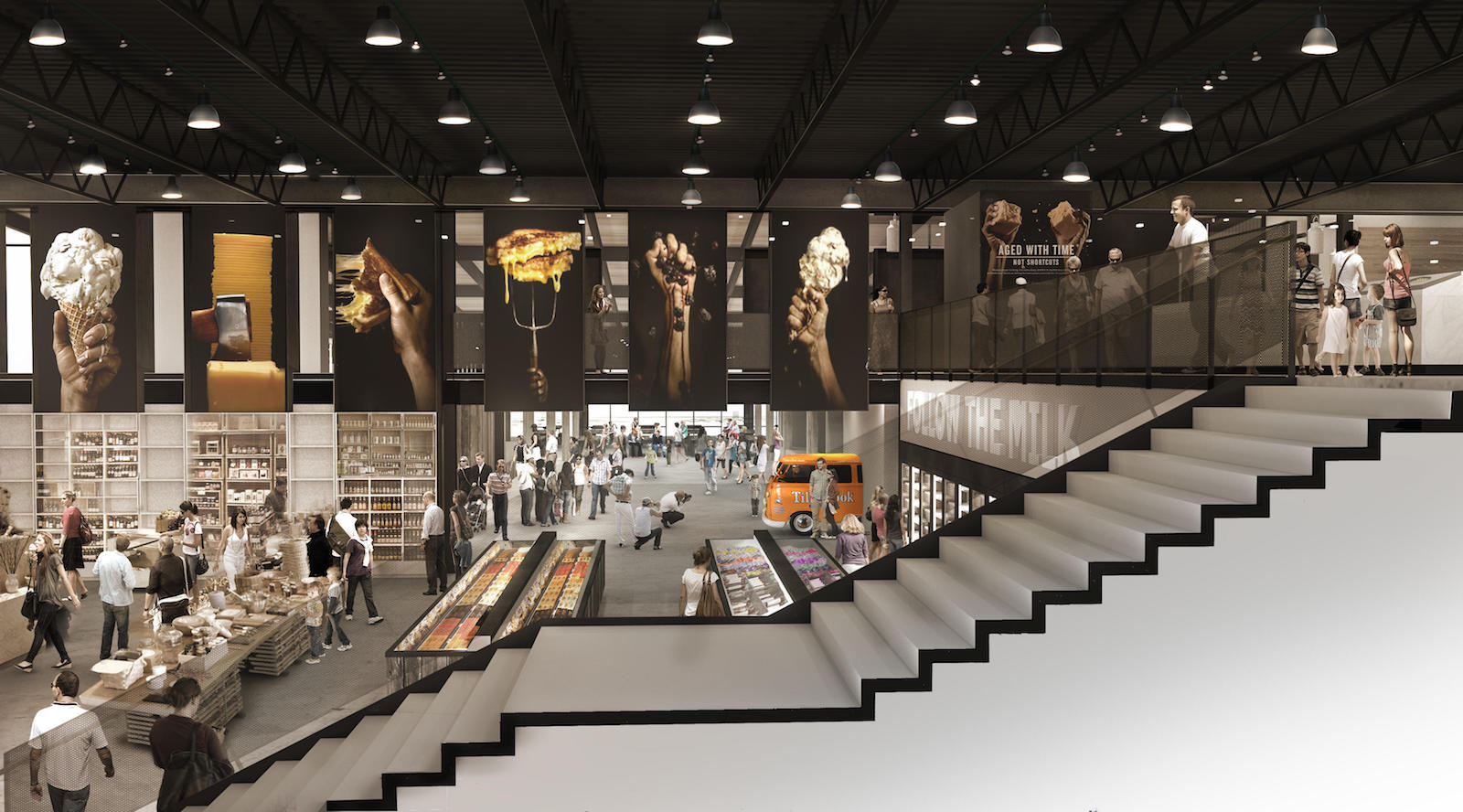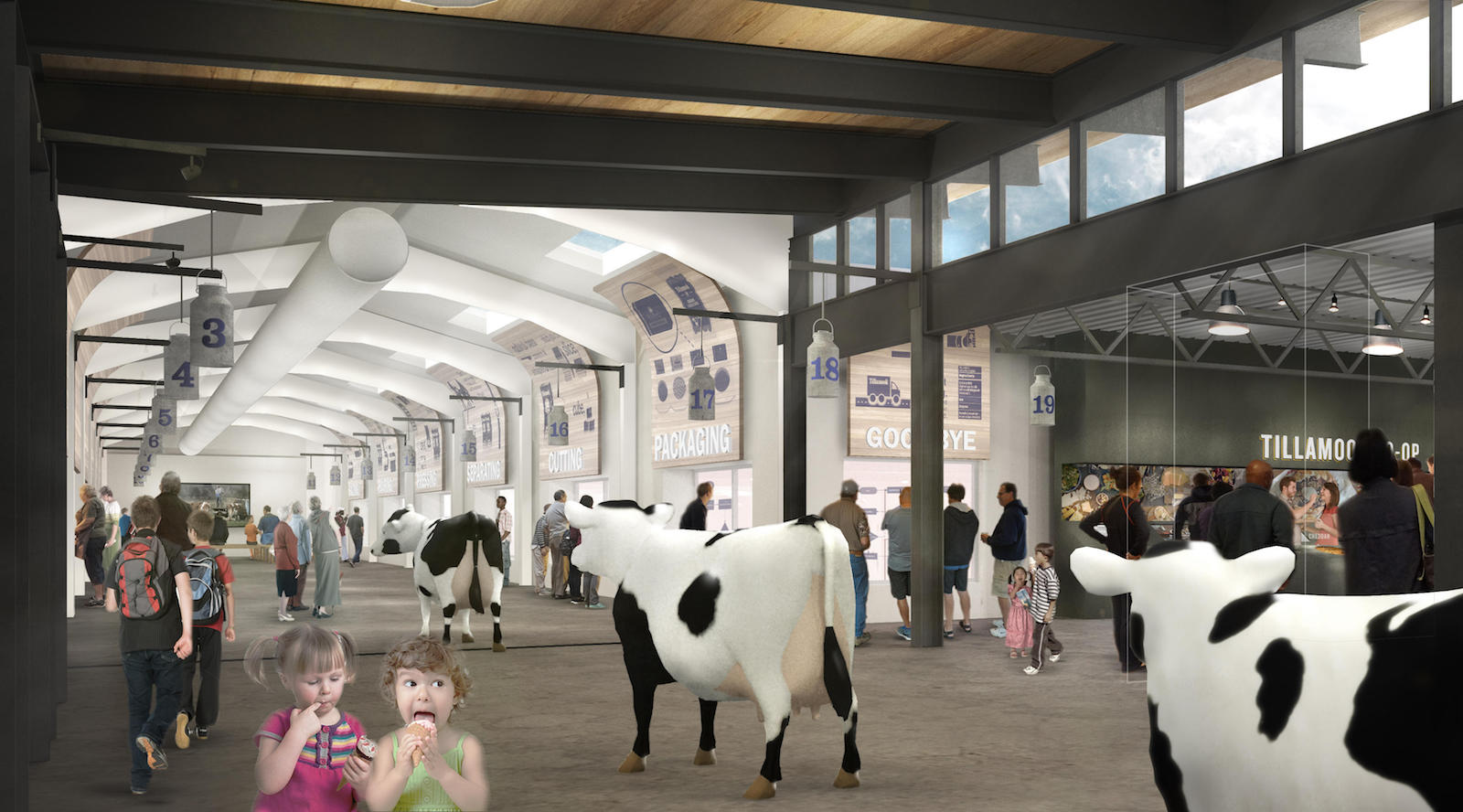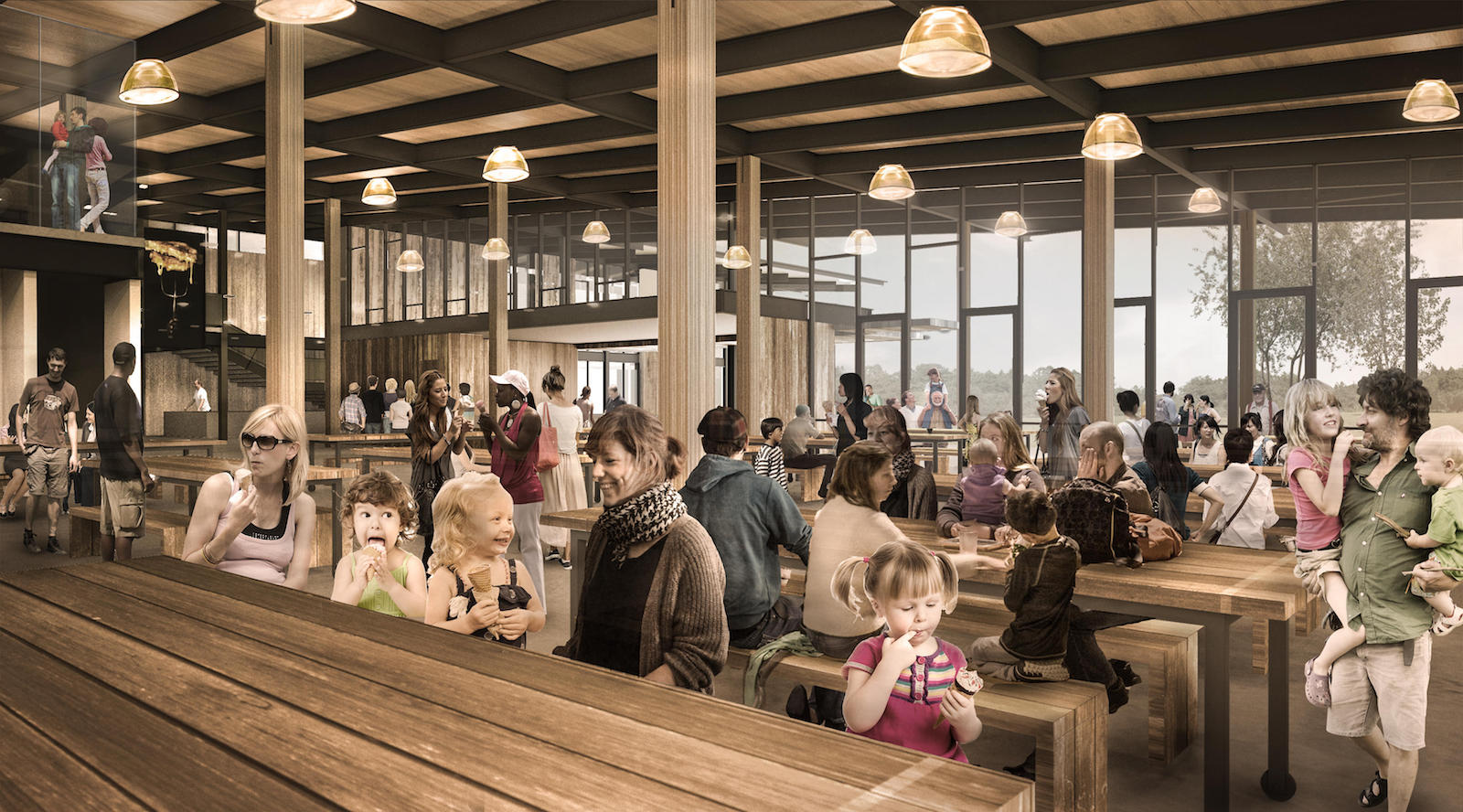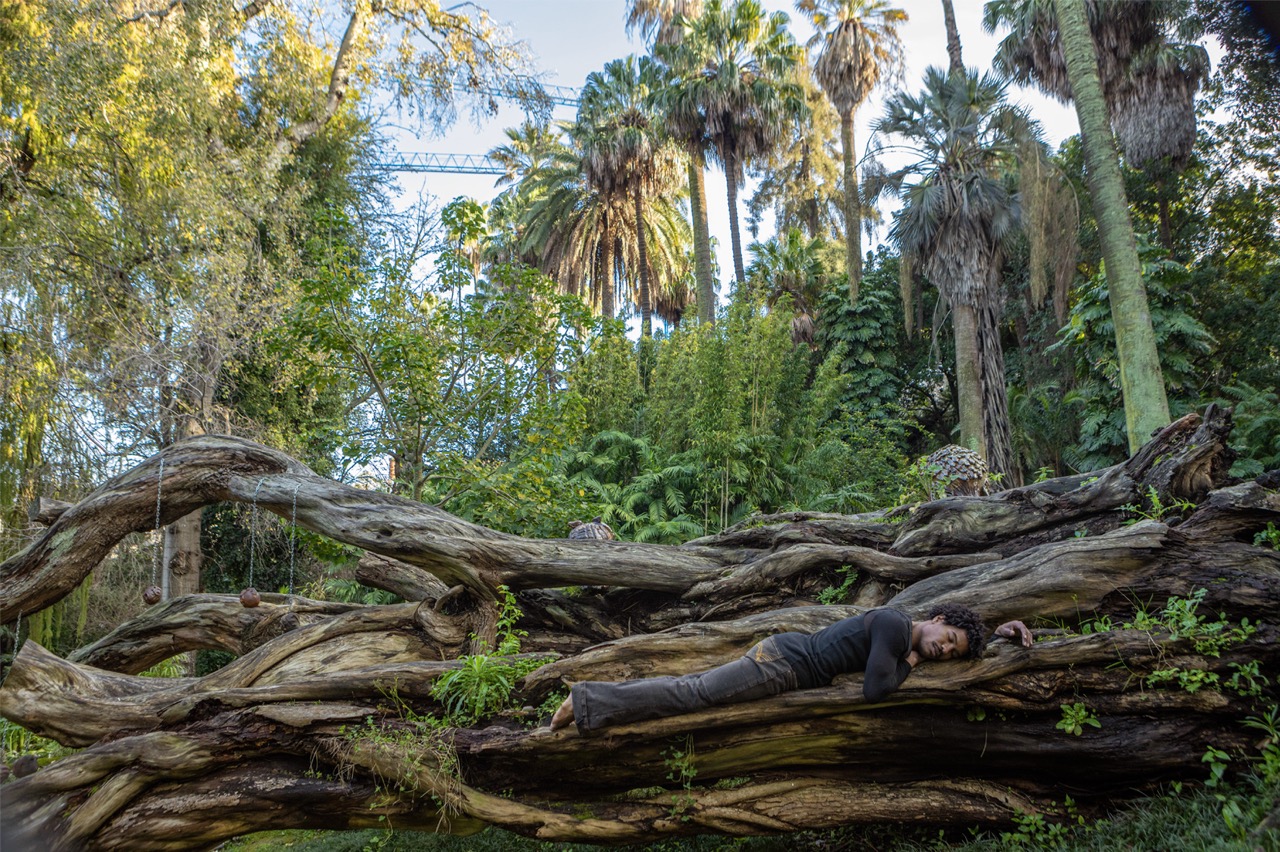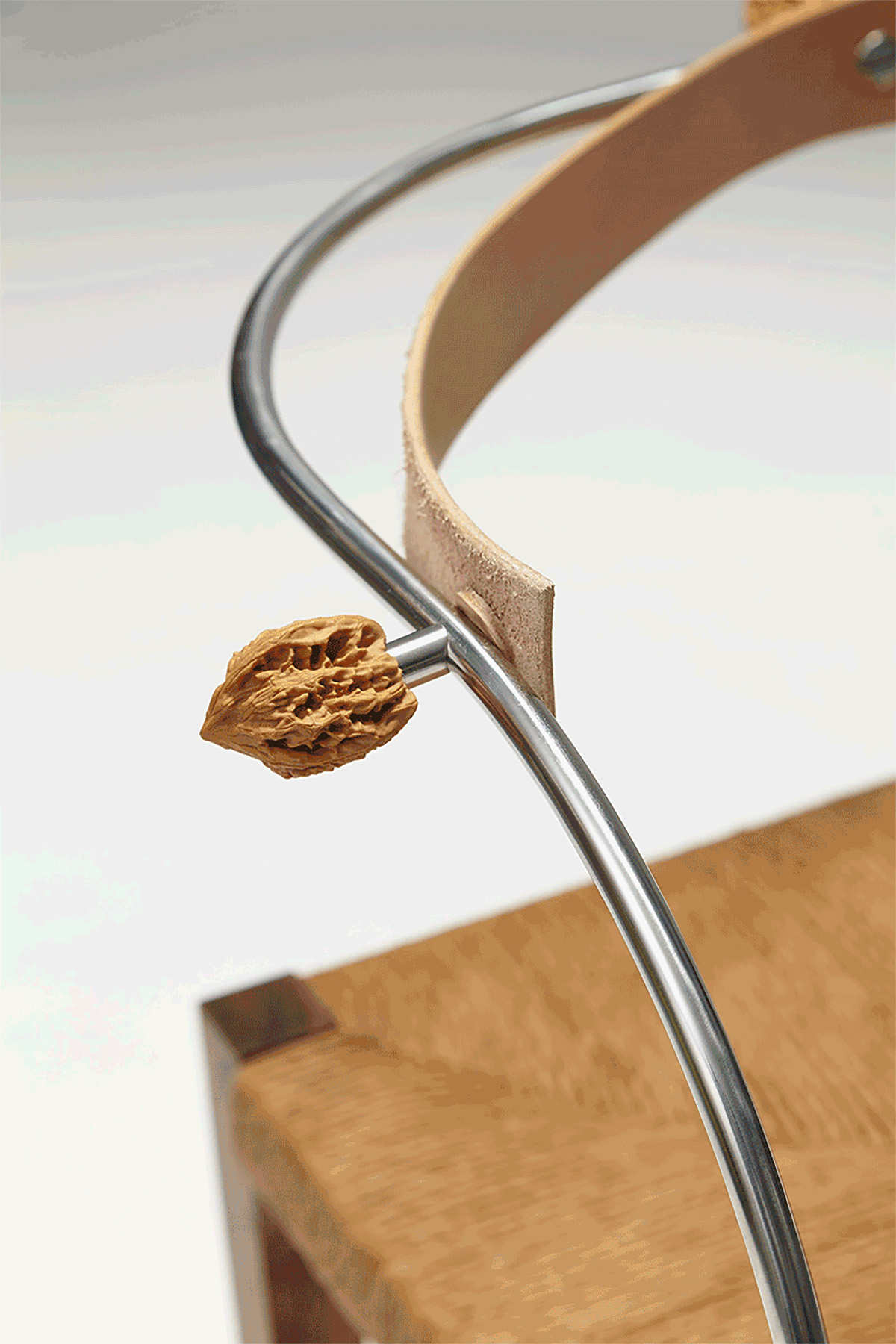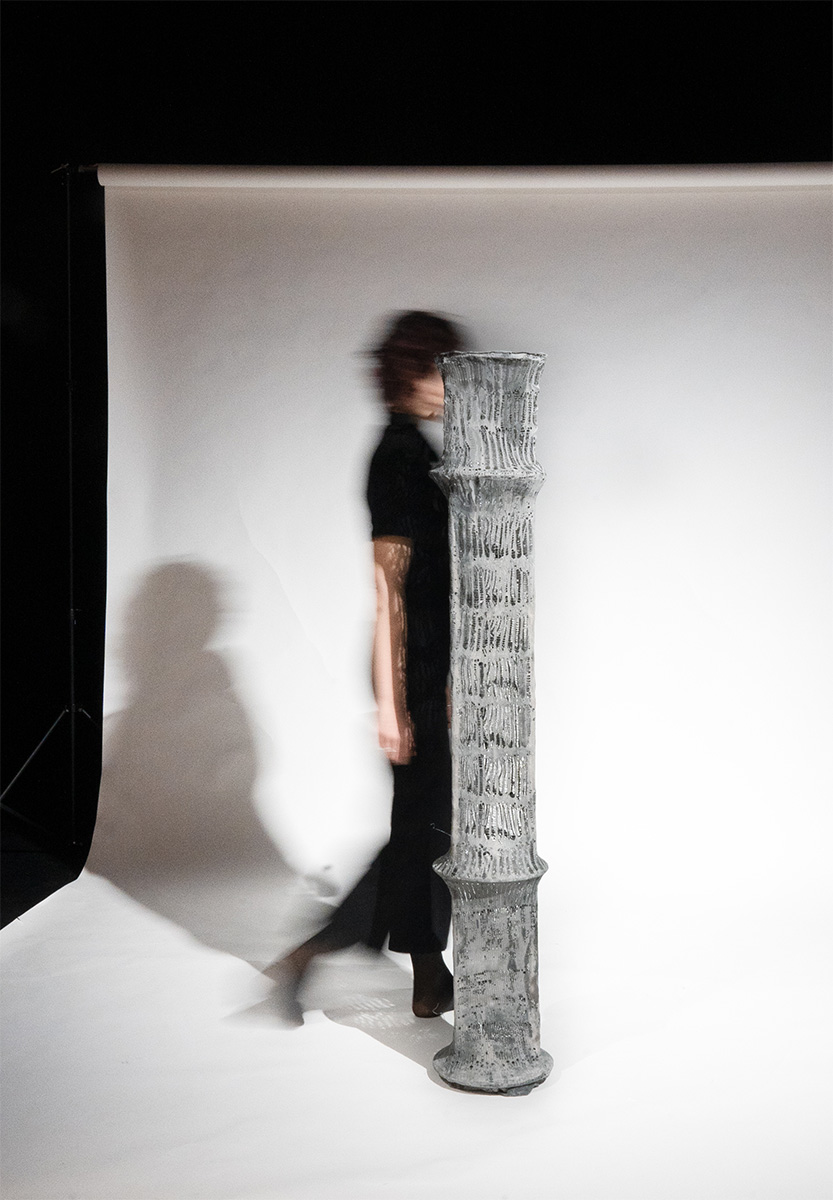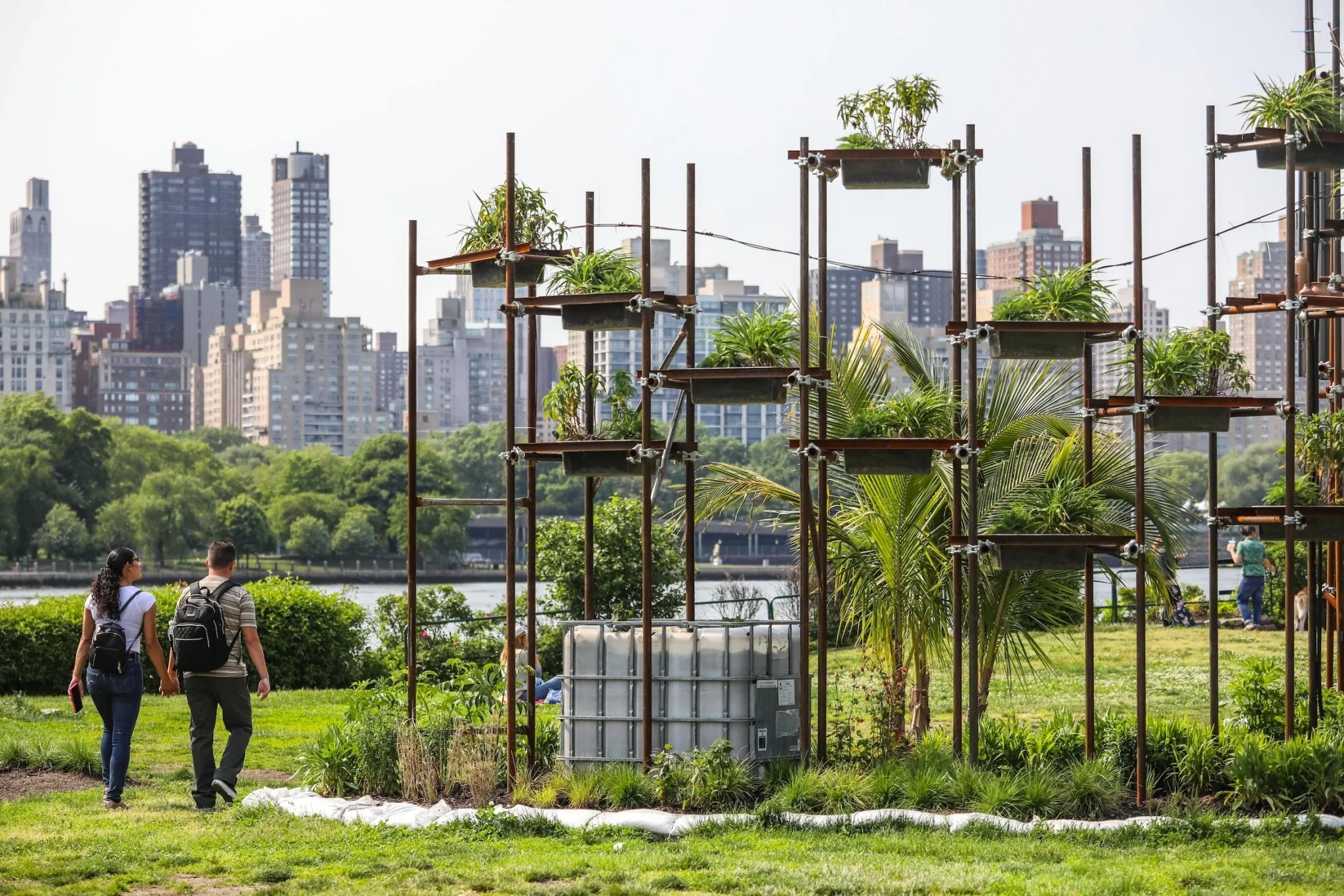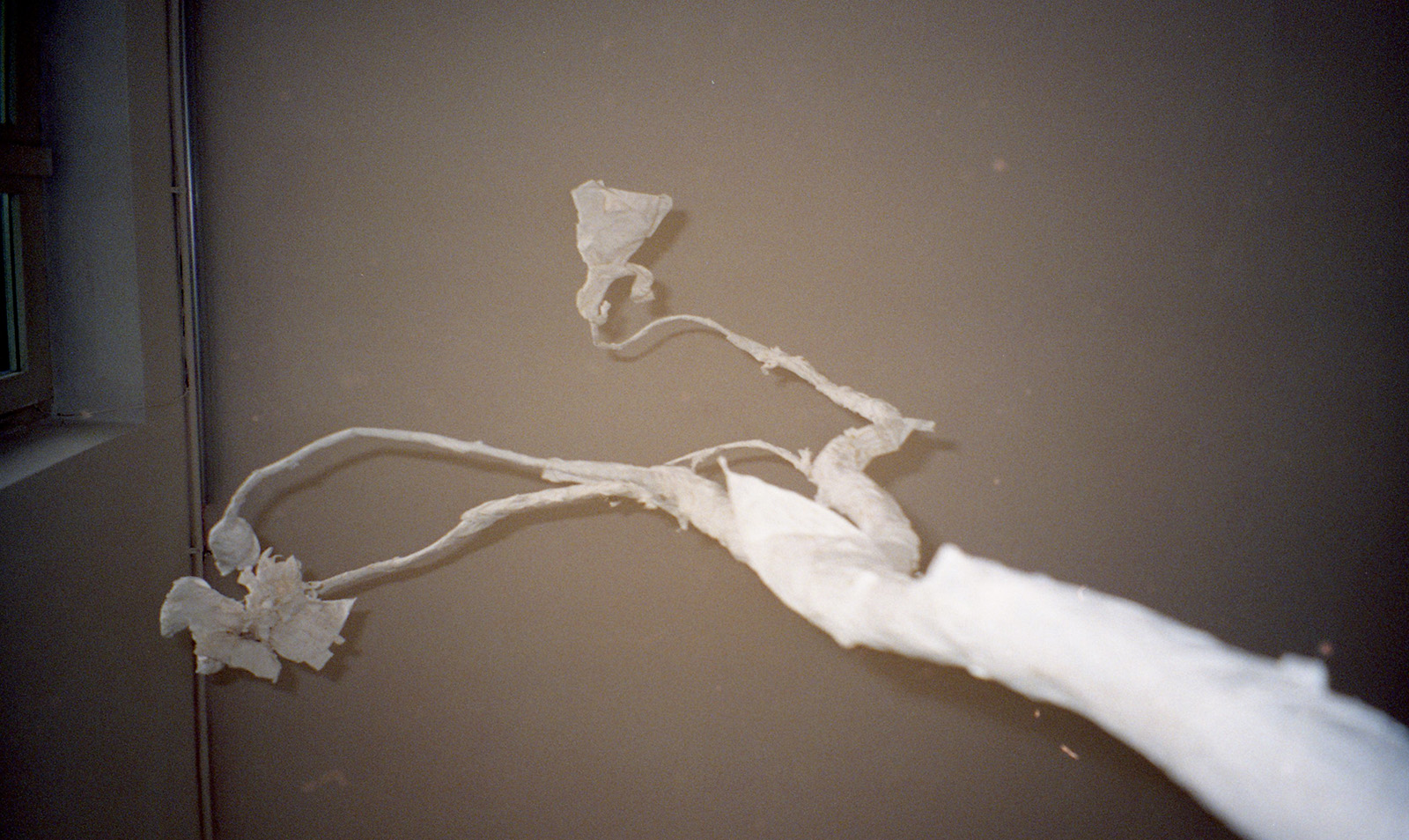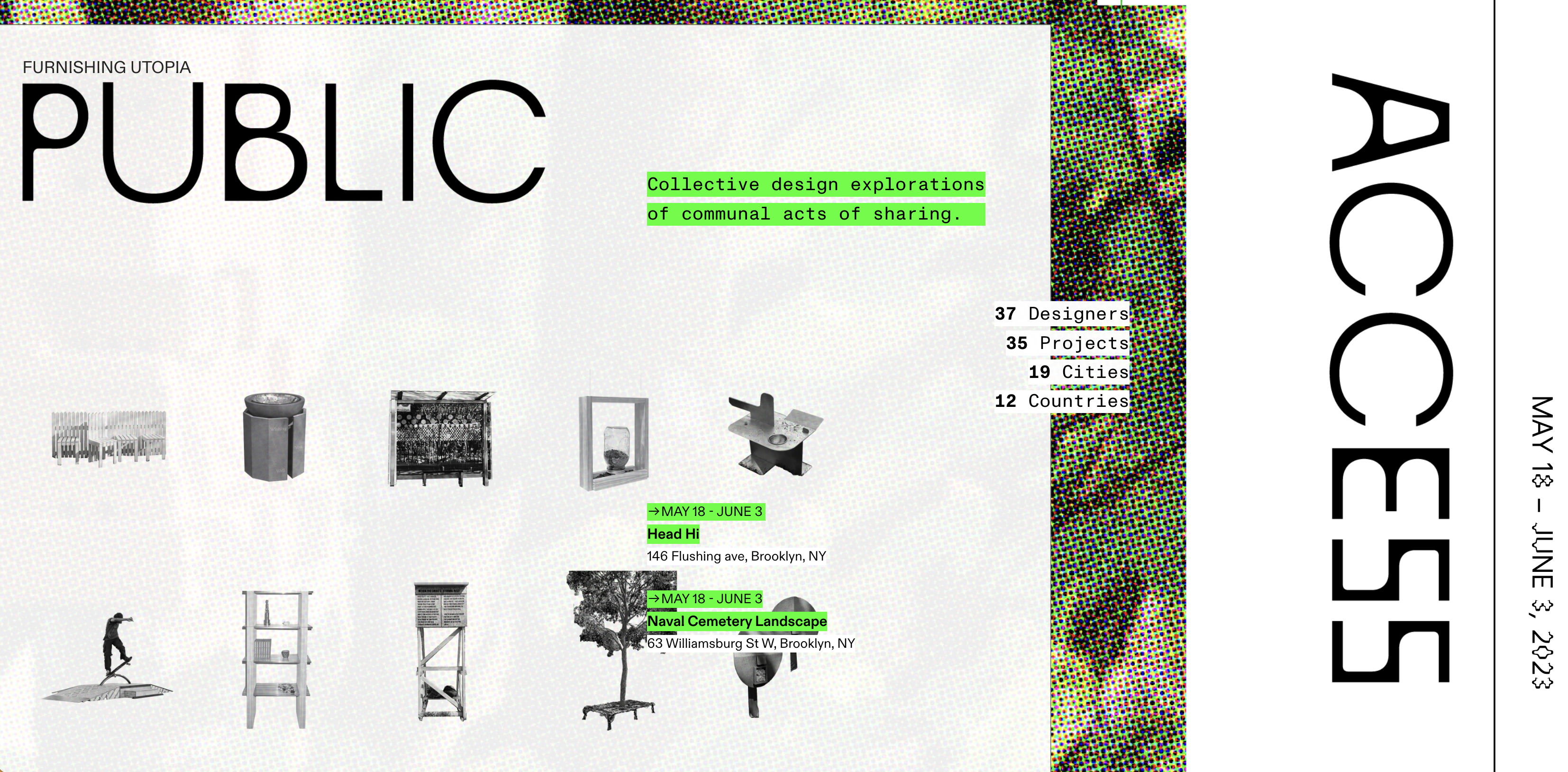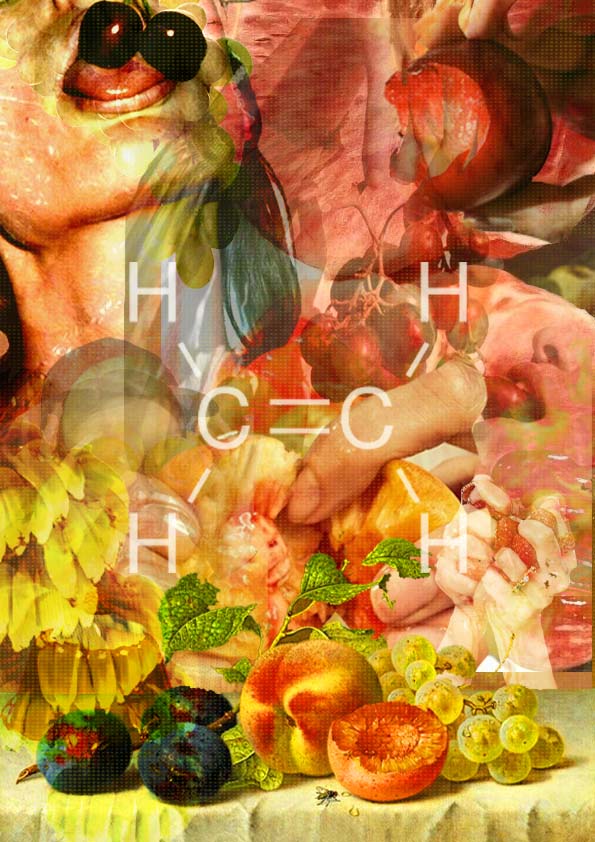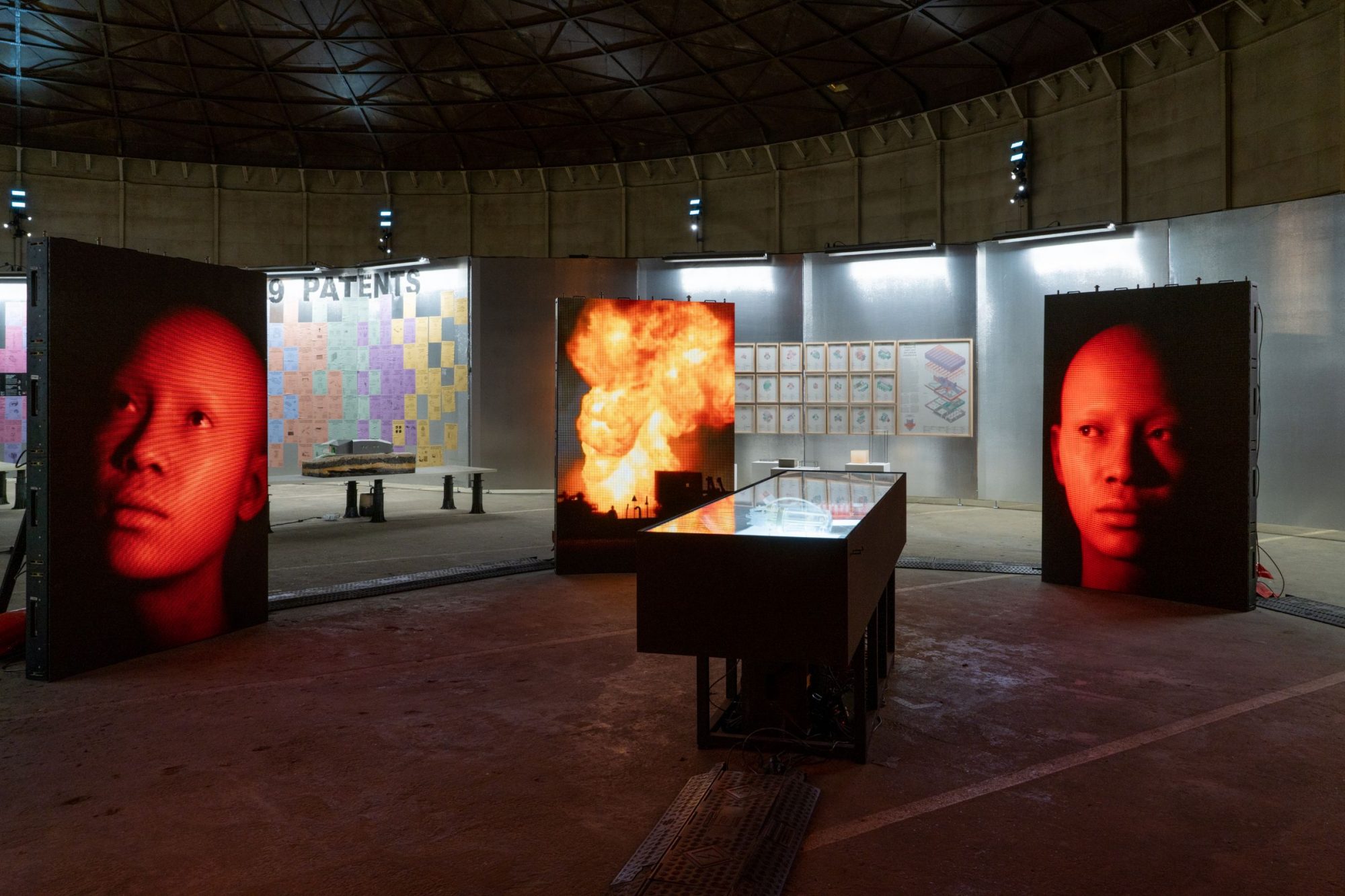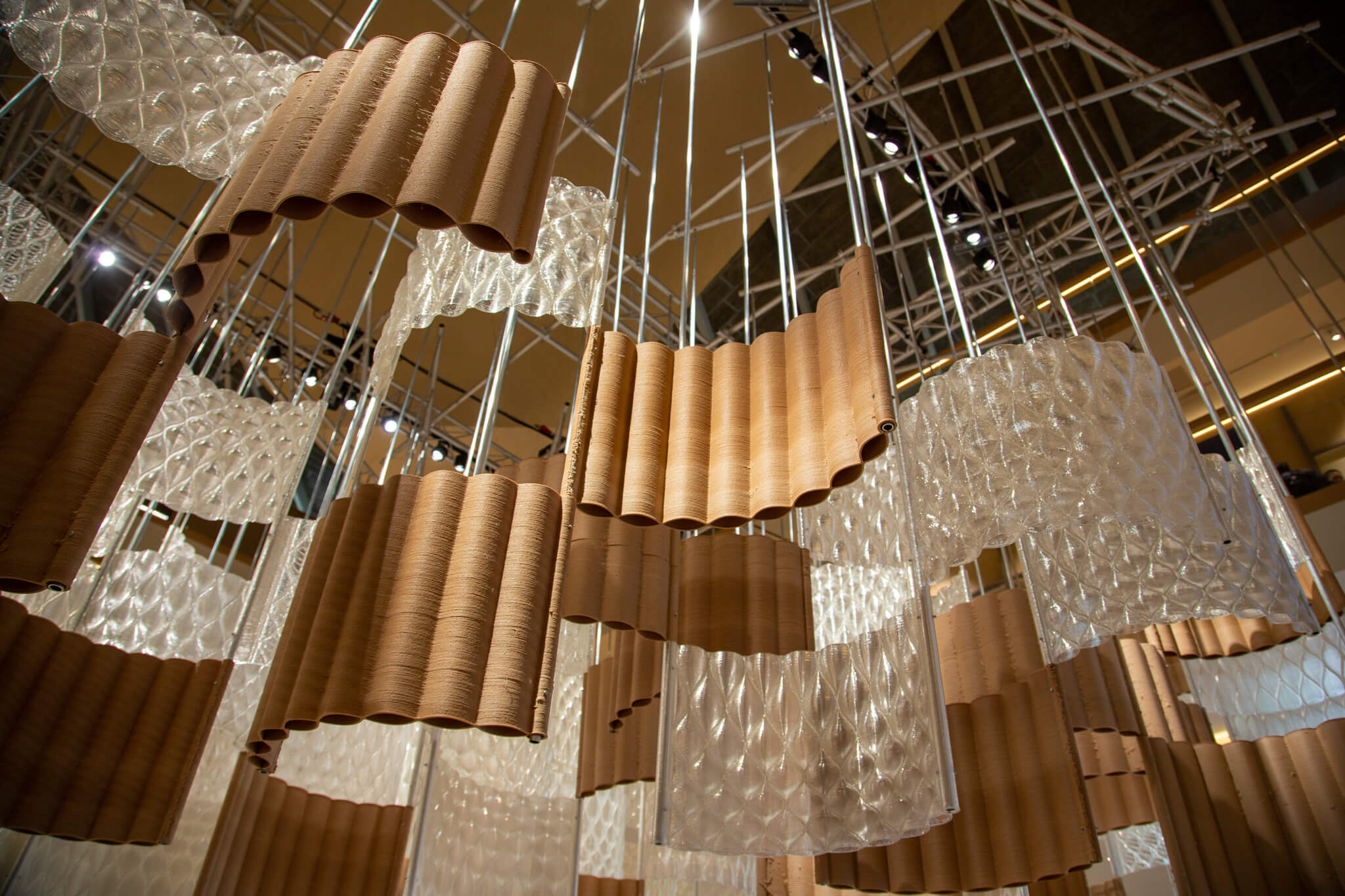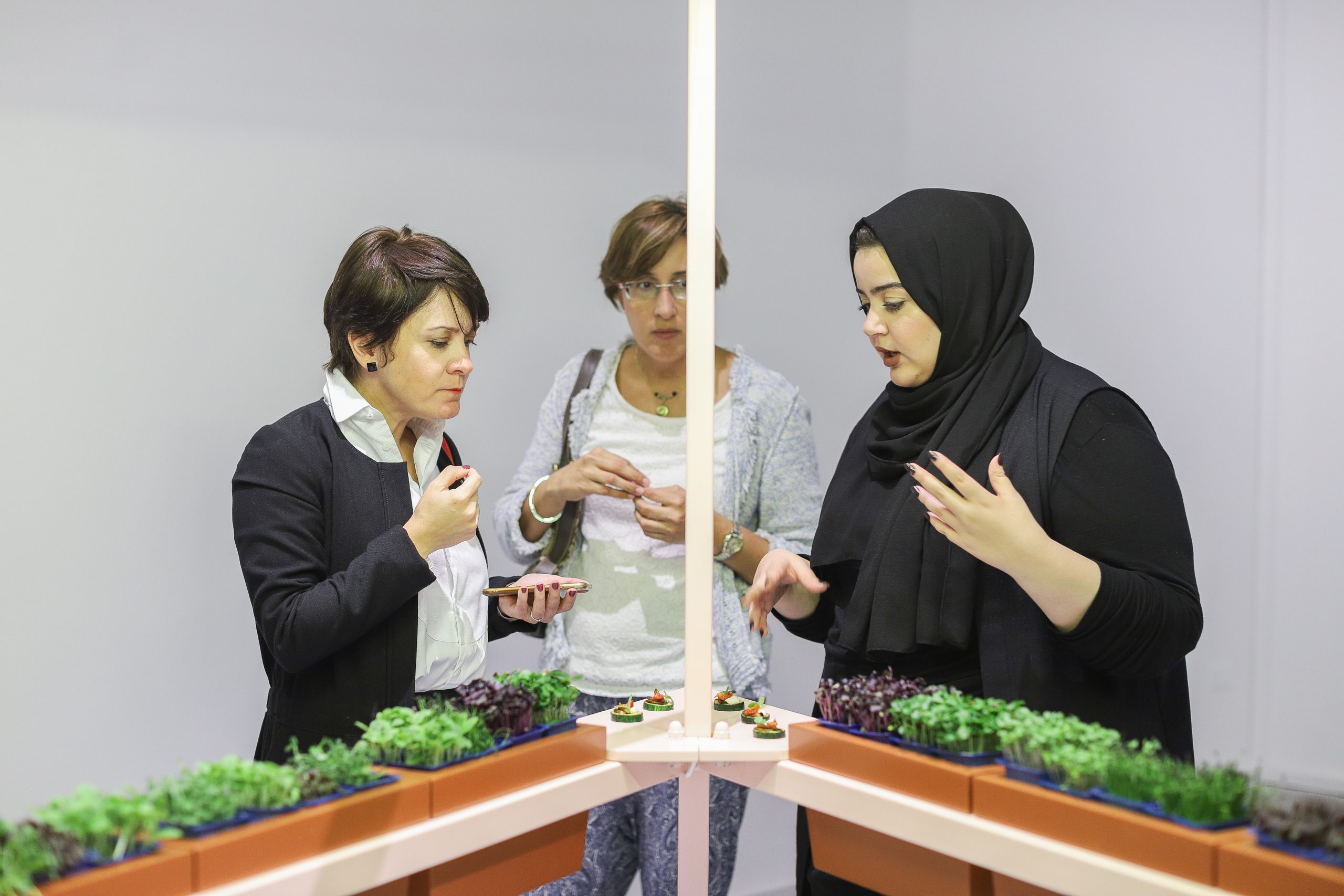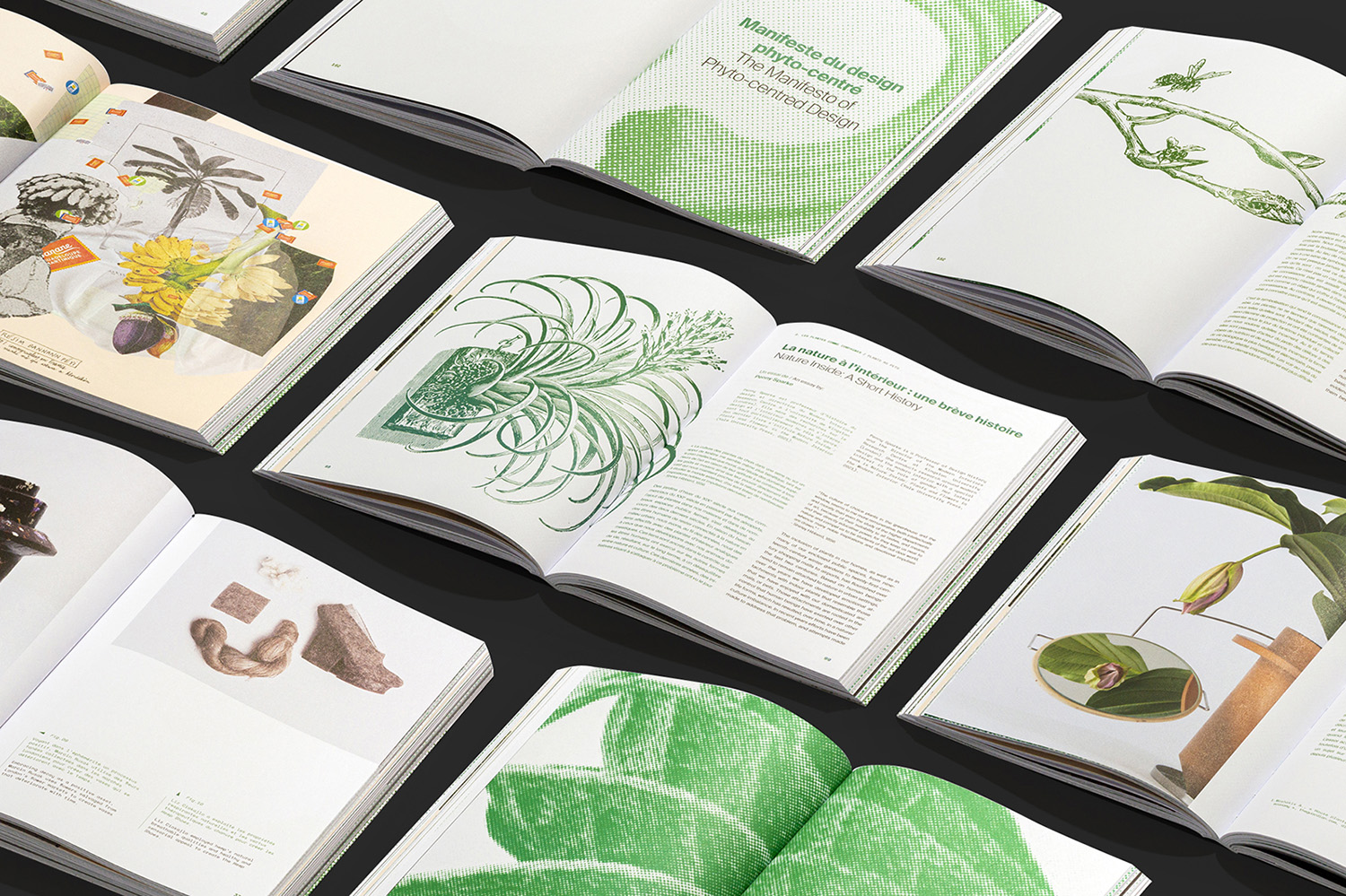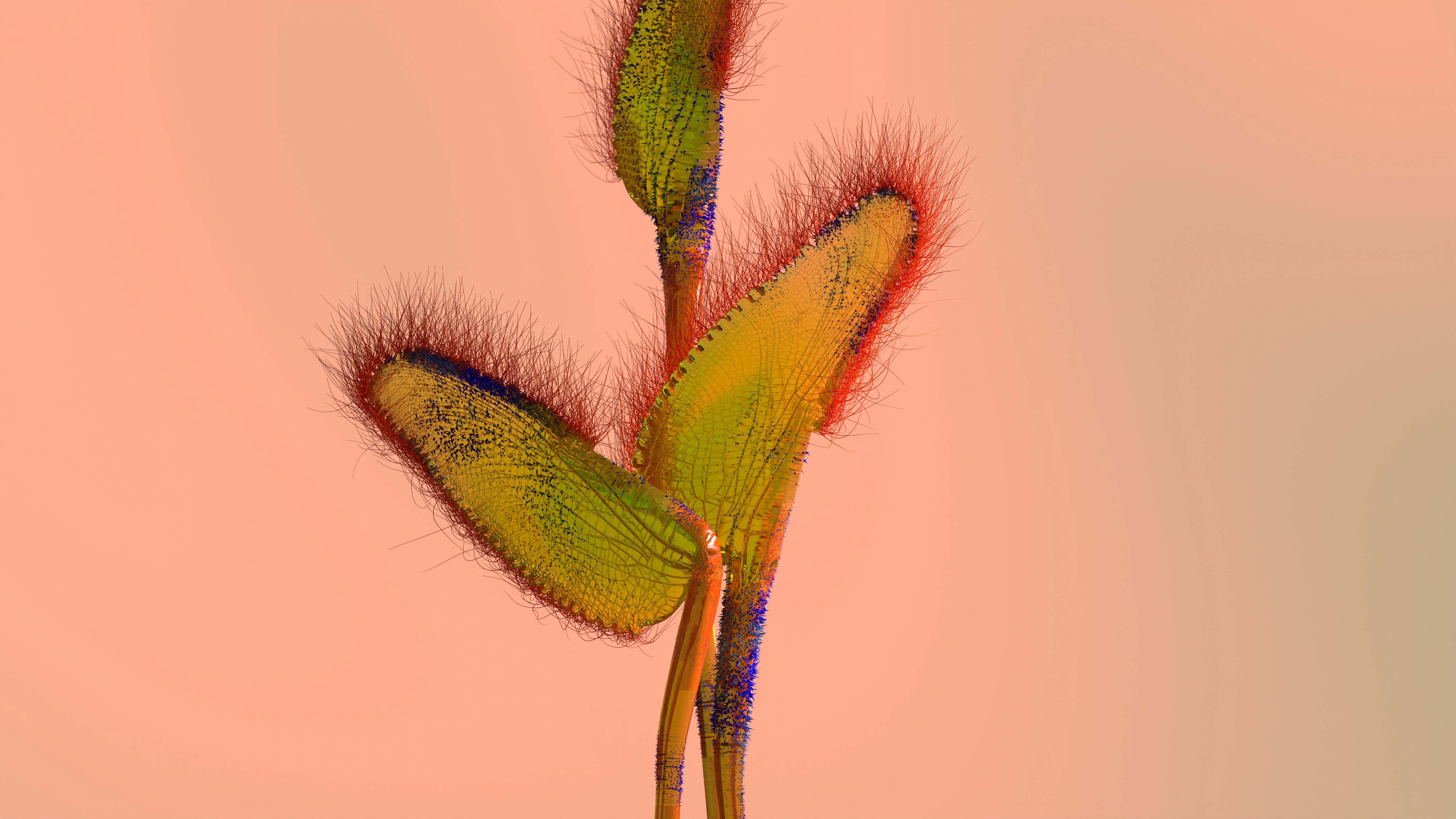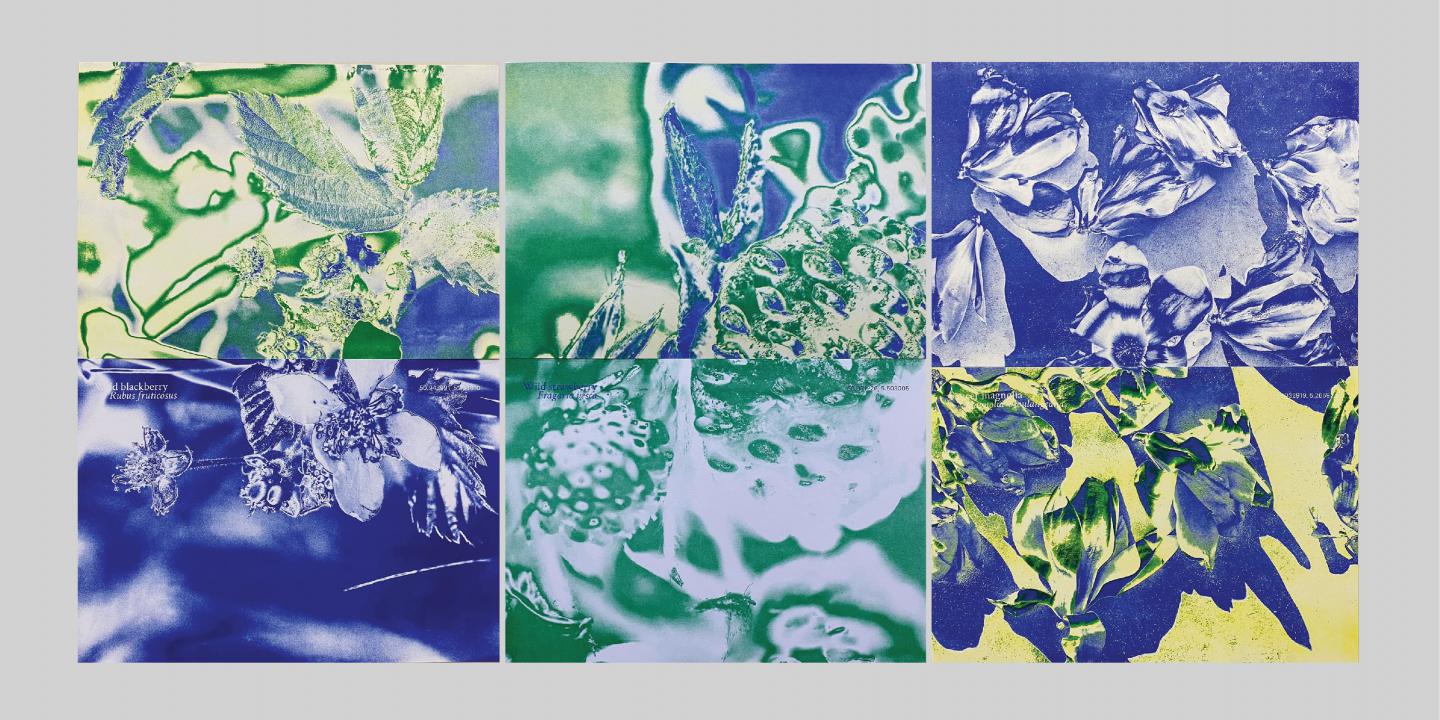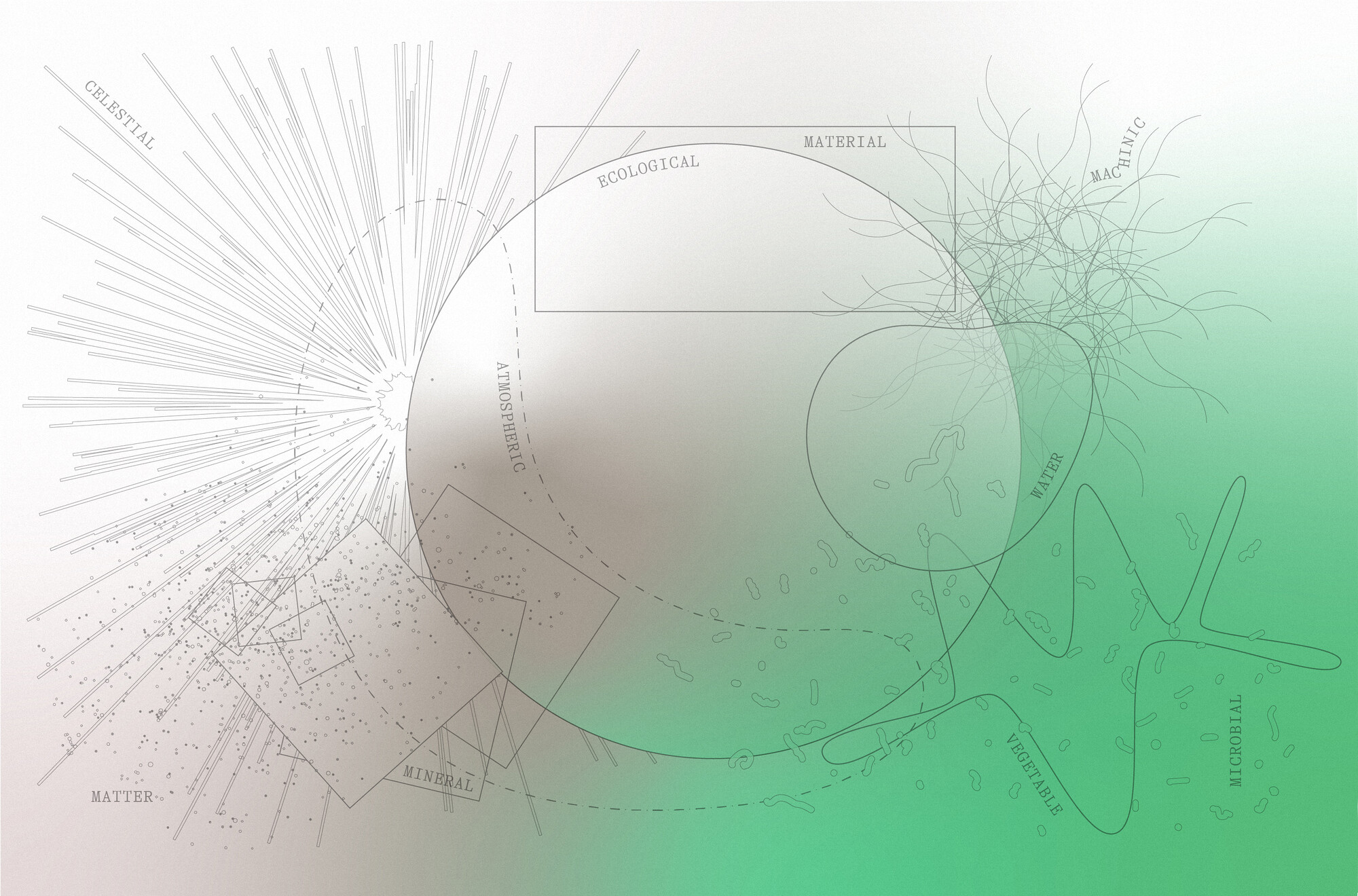The story of the Tillamook Cheese Factory starts with the cows and the nearly 100 farms that collectively own the Tillamook County Creamery Association in Oregon. Since 1909, the co-op has been farmer owned and operated, rearing dairy cows to create a range of products from cheese to ice cream. Every day that milk arrives at the Tillamook Cheese Factory where over a million visitors each year watch, smell and taste the alchemy of turning milk into cheese.
This Spring, Tillamook will be knocking down their current factory and visitor’s center to replace it with a brand new 38,500 square foot space designed by the award-winning architects at Olson Kundig. Although the Seattle-based firm is best known for their work for Microsoft and the Jewish Museum Berlin Kindermuseum, the firm has also designed a number of visitor centers for clients that include the Bill & Melinda Gates Foundation and Washington State University. How does the design of a food-focused experience differ from other consumer-facing spaces? We sat down with the Olson Kundig team to discuss their vision for the forthcoming Tillamook Cheese Factory and Visitor Center, currently slated to open Spring 2018.
As with their previous work, the primary design challenge for Tillamook lies in how to create a physical place that is an environmental extension of the client’s brand. For a food brand like Tillamook with a strong identity and deep history in the region and beyond (just read the comments around the announcement of the new Visitor Center), the architecture, interior design and exhibitions in the new space can merge into a multisensory storytelling experience made tactile through smell and taste. As Alan Maskin, Design Lead/Principal at Olson Kundig told MOLD, “For Olson Kundig, there was an opportunity to help visitors make a connection between the food on their plate and the story behind it. The rainy coast of Oregon is conducive to growing grass, which feeds the cows who are milked two times each day. The milk is made into cheese on the same day the cows are milked, and so the products are super fresh. For many people, there is a disconnect between what we eat, where it originated, and how it was made. Tillamook is one of the few places where people can learn more about that story―and have a lot of fun in the process.”
The architecture of the new Tillamook Cheese Factory and Visitor Center, which was also led by Tom Kundig, Design Lead/Principal, takes its inspiration from contemporary barn architecture through the use of tough, durable materials, as well as simple structures and volumes that are driven by economy, functionality, and efficiency.
The new interpretive, hands-on exhibits and videos integrate and merge with the architecture, while the self-guided tour―intended for an estimated 1.3 million visitors a year―tells the story of the one hundred-year cheese-making history. Visitors will learn more about the story of the cows and farms creating the milk, the farmers who operate as a collective and the Tillamook employees who turn the milk into the great tasting Tillamook products. One of the major narrative threads, in addition to the history, will be the realities of modern dairy farming, specifically the hard work, rigor, and technology needed to operate a dairy farm today.
A glazed mezzanine catwalk allows visitors to witness how the milk is made into curds and then loaves of cheese prior to being “aged” in the on-site storage facilities. From the same catwalk, there are views into the factory that show massive conveying systems that slice the blocks of cheese and packages them for retail consumption. As they can already do today, visitors will still be able to taste many types of cheese which they can then buy to take home. A large indoor and outdoor café provide ample space for groups and families to eat a meal featuring the many Tillamook cheese and ice cream flavors.
For those who planned an Oregon visit in the next year, do not despair. The largest visitor attraction on the Oregon Coast will continue to operate in a temporary Visitor Center during the transition.
